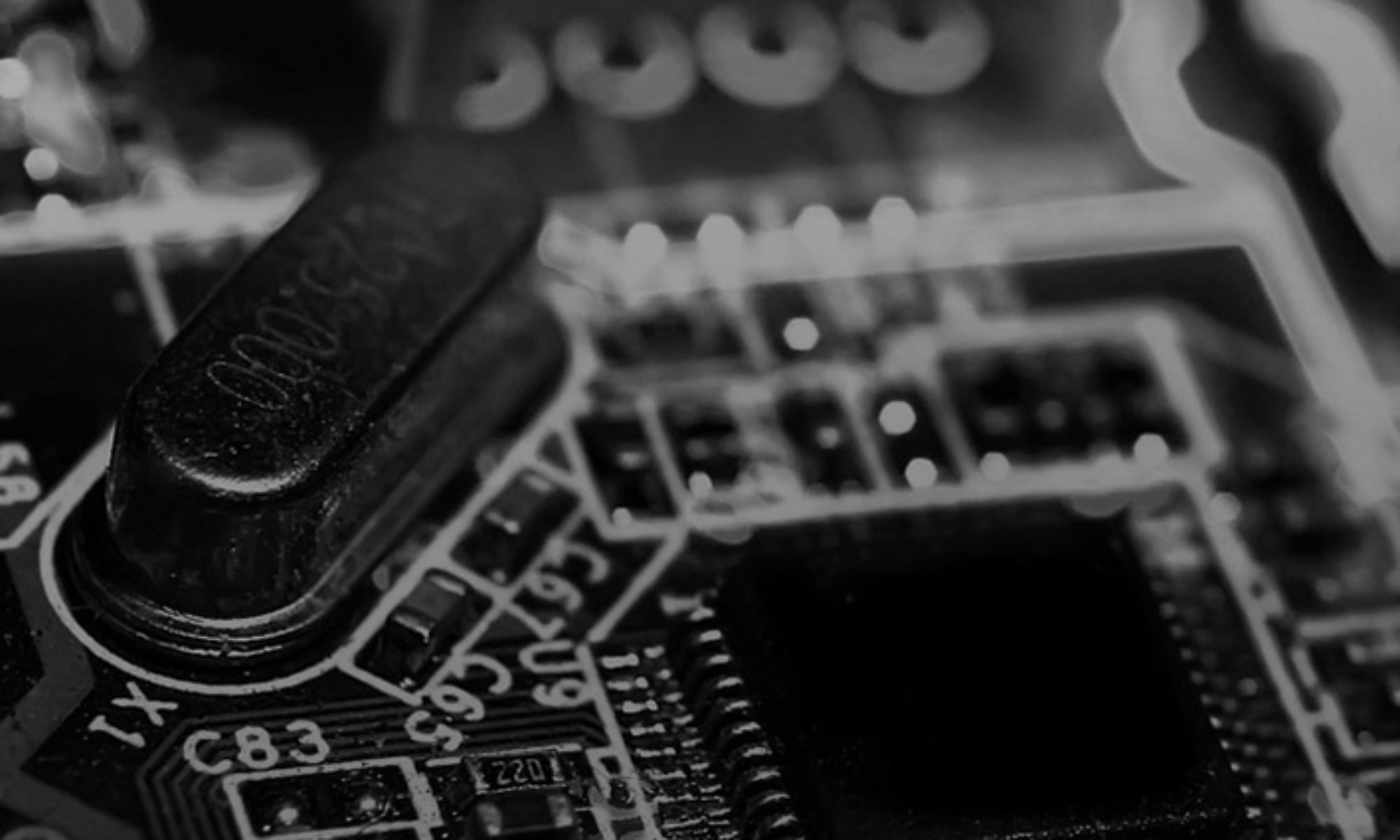Yesterday (06/06/16) the Union pour la Juridiction Unifiée organised in Paris an event on the Opt-out. The day was divided between a morning session with panels sharing their position on the Opt-out and clarifying procedural and technical questions while a mock trial examining the validity of an opt-out was organised in the afternoon.
The panel discussions were an opportunity for some useful vocabulary reminders by Pierre Véron, who pointed out the necessity to get used to the UPC vocabulary such as:
- staying-in (for European patents without unitary effect but not opted-out) rather than opting-in (as this would refer to a specific action from the patent proprietor to opt-in),
- to withdraw an opt-out
- To opt out
- An opt-out (for those of us who are not English native speaker, the nuance is in the hyphen…)
Beyond issues of lexicology a few important points were clarified by the participants on the different aspects of the opt-out:
- On the issue of representatives, all participants were reminded that there is no need to be a “professional” representative, such as a patent attorney or lawyer, to process the opt-out. A person instructed by the company itself, such as an employee of the company can opt-out a patent.
- The issue of the impact of late ratifications on the geographical scope of the opt-out was also raised. In fact if a patent is opted out at a time where only 16 member states have ratified the UPCA, what happens when a new country ratifies the Agreement? Does the opt-out automatically applies for this country too? No answer could be given today, but the next (and last) batch of rules of procedure should clarify this matter.
- It was also reiterated that if the true owner of the patent is not registered in the registers of all participating member states, he/she must lodge a declaration that they are the true owner.
- The IT team confirmed that the option to opt out in bulk (for more than one patent) will be allowed by the Case Management System. It will be possible to manually identify an unlimited number of patents to opt out in the CMS, or to use an “Application Programming Interface” that will allow a selection of patents from a database outside the CMS that will then be exported to the CMS to be opted out. This last option will allow very large numbers of patents to be opted out easily and within a short amount of time.
- Finally, the IT team is working on an additional security level that would prevent (or reduce) unauthorized opt-outs (arising from mistakes or maliciously opted out). They are considering different options such as a login linked to some form of ID, the download of a letter of intention/proof of representation/copy of practice certificate/power of attorney, a letter of confirmation sent to the physical address of the patent holder or a fixed line call-back system that would automatically call the patent holder to confirm the opt-out. Some of these options are however costly, while others involve lengthy steps before receiving the confirmation of the opt out. The IT team recommended anyway a close monitoring of patent portfolios in registers.
Lastly, panelists from Bosch, Sanofi, and Ericsson presented their approach to the opt-out: All three highlighted the fact that they would not proceed to a general opt-out. Sanofi explained that they are in the process of selecting which patent they will opt-out by taking into consideration factors such as the patents’ potential for litigation (is it a patent that attracts litigation or not?), the uncertainty as to the application of the Bolar exemption, the problems that might arise from the possible inexperience of judges, but also the necessity to contribute to the elaboration of the case law and to be attuned to what their competitors are doing in this area. Ericsson reported that their strategy was in progress and would take into account their need for flexibility in the choice of courts, the injunction possibilities (for example: will injunctions be available before the UPC for SEPs?), the centralized effect of the UPC versus the national court lock-in effect with the opt-out, and finally the legal uncertainty that comes with the new system. Bosch on the other hand explained that they will be reviewing their patent portfolio throughout the UPC transitional period (7 years from the entry into force of the UPCA and renewable once) and will decide on a case by case basis whether to opt out their patents. Bosch made clear that their decision would be based on criteria that would be directly relevant to the patent, such as the technology protected by the patent or the scale of the investment, rather than on a legal reasoning.

